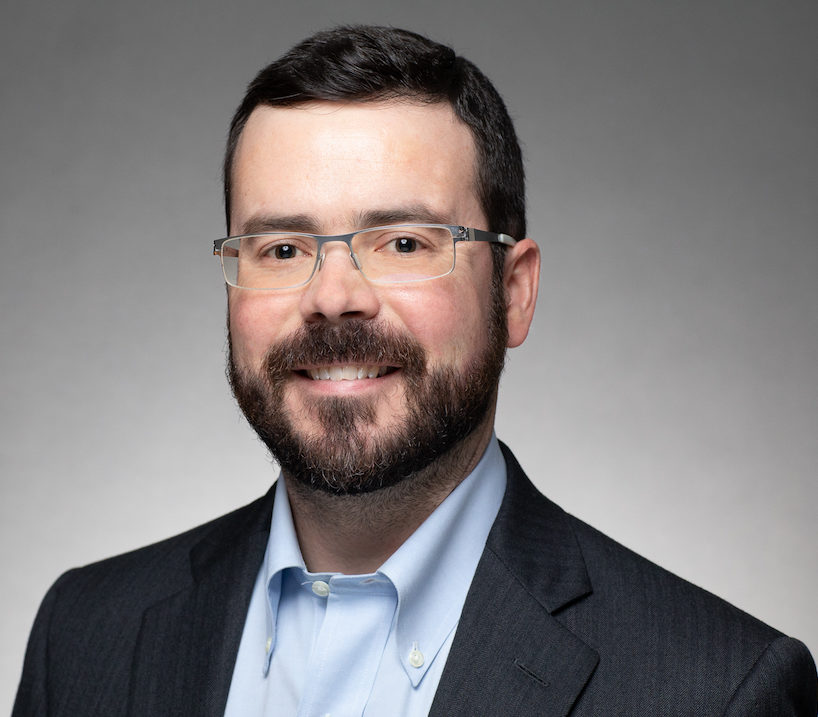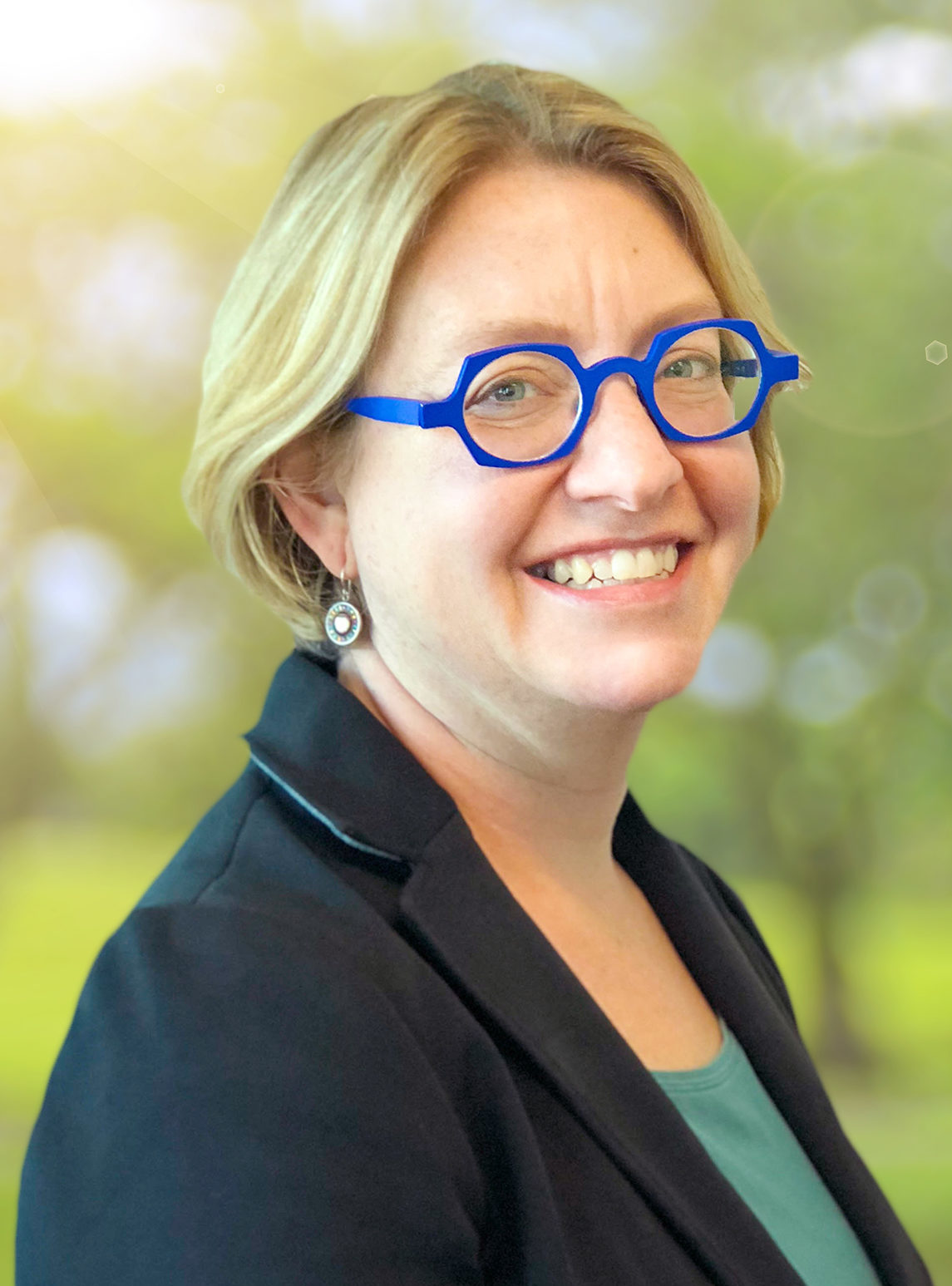Participant Spotlight: Susan Sheridan
- July 21, 2015
- Posted by: Health Care Payment Learning & Action Network
- Category: Participant Spotlight Interview
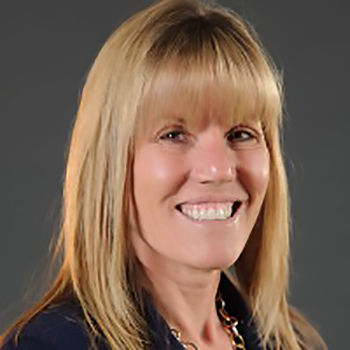
 Susan Sheridan, MBA, MIM, DHL, Director of Patient Engagement for the Patient-Centered Outcomes Research Institute (PCORI), spoke with a member of the CAMH team on July 7.
Susan Sheridan, MBA, MIM, DHL, Director of Patient Engagement for the Patient-Centered Outcomes Research Institute (PCORI), spoke with a member of the CAMH team on July 7.
Sheridan: I became an advocate 20 years ago after two of my family members experienced significant adverse outcomes in the health care system. I have witnessed the value and power of bringing patients with “lived experience” into the dialogue about improving our system’s ability to provide outcomes that matter most to patients. In the early 2000s, I began working with a group of mothers who partnered with multiple stakeholders to improve the care of newborn babies with jaundice. Ultimately, they succeeded in raising the standard of jaundice care in the United States.
Sheridan: Payment methods can have a profound influence on the care patients receive and the outcomes they experience. It is essential that “value of care” be measured according to what is important to patients when determining the amount of payment to providers. For example, care that gives patients functional independence and less pain might be rated as high in value and lead to higher payments to providers, giving them incentives to provide more of that kind of care. In the development of new payment models, the patient community must help define which outcomes patients value most. Then “how I end up,” as one patient expressed it, becomes increasingly more important to providers.
Sheridan: Patients now have the opportunity to engage as partners in Patient-Centered Outcomes Research (PCOR), which helps determine the clinical effectiveness of treatment options that matter to patients, such as quality of life (functionality, quality of sleep, level of pain, level of independence, mood, ability to be at home, etc.). These patientcentered outcomes can be quite different from the traditional clinical outcomes determined by researchers, such as blood pressure, blood sugar, and other test results. The evidence generated by PCOR can be used to develop performance measures, payment models, joint decisionmaking tools and other health care improvement efforts that are truly patientcentered.
Sheridan: As an example, if a payment model defined “value” mainly in terms of “clinical processes,” providers would strive to adhere to those and might actually be penalized, financially, for taking the time needed to understand their patients’ goals and engaging them in joint clinical decision making. Another example with a bundled payment model may include inadvertent incentives to administer care sparingly or in a “one size fits all” manner, not taking into account the unique needs of each individual patient. Additional research and including the patient voice in designing new payment models can help prevent such potential unintended consequences.
- Patients need to identify existing opportunities to participate in health care reform at many levels.
- Once patients are engaged in reform dialogue, all stakeholders need to converse in lay language so that the reform dialogue is demystified and the dialogue productive.
- We must create a reform infrastructure that ensures the patient voice can be heard. Patients, caregivers, and patient and caregiver organizations must be at every table, working in partnership with the agencies that are developing measures of value and methods of payment.
- Patient and caregiver organizations must articulate their expectations that they will be at the table as partners and must help their affiliates and members to understand that their contribution to the APM dialogue will make a difference—to them and to patients like them.
There is limited understanding in the patient community about the nature of ongoing payment reforms and their potential effects on patients’ care and outcomes. There have been few invitations to participate meaningfully in dialogue about such reforms. The patient community must be engaged if we are to improve care and outcomes that matter to patients and create a truly patientcentered health care system.





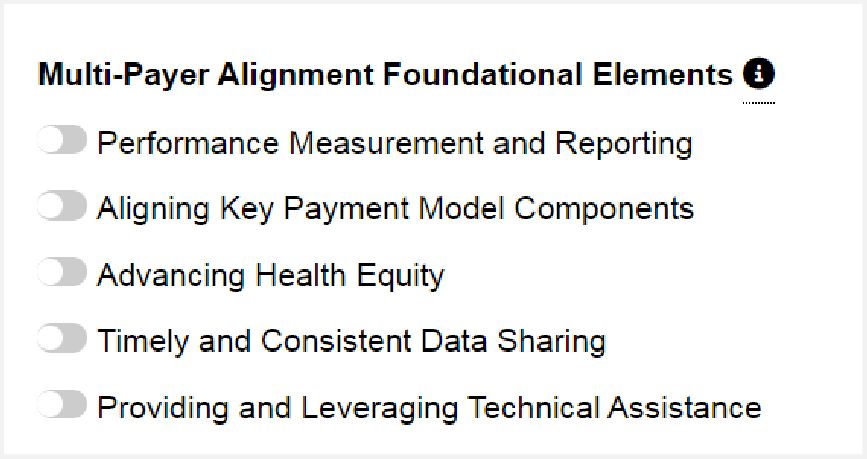
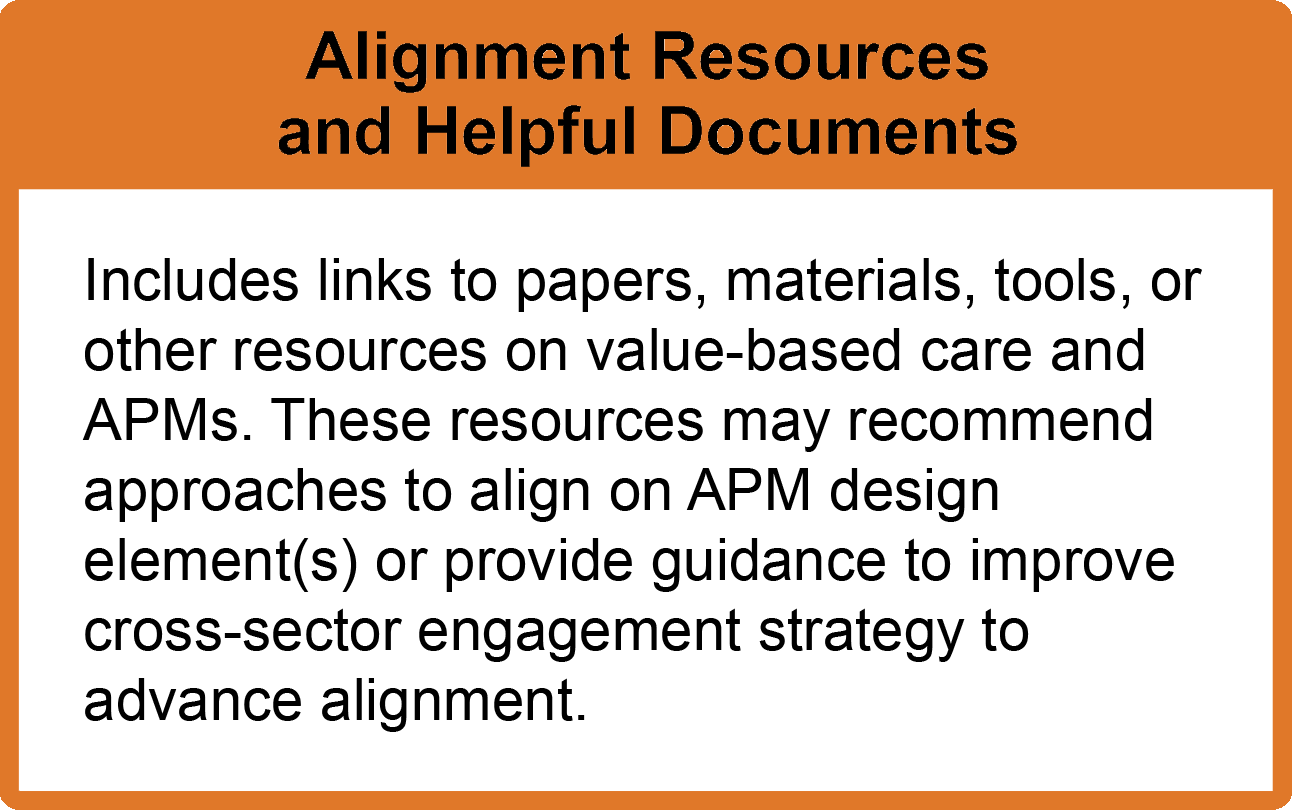







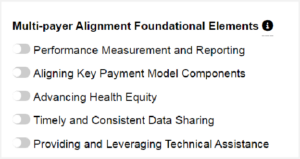


 Emily DuHamel Brower, M.B.A., is senior vice president of clinical integration and physician services for Trinity Health. Emphasizing clinical integration and payment model transformation, Ms. Brower provides strategic direction related to the evolving accountable healthcare environment with strong results. Her team is currently accountable for $10.4B of medical expense for 1.6M lives in Medicare Accountable Care Organizations (ACOs), Medicare Advantage, and Medicaid and Commercial Alternative Payment Models.
Emily DuHamel Brower, M.B.A., is senior vice president of clinical integration and physician services for Trinity Health. Emphasizing clinical integration and payment model transformation, Ms. Brower provides strategic direction related to the evolving accountable healthcare environment with strong results. Her team is currently accountable for $10.4B of medical expense for 1.6M lives in Medicare Accountable Care Organizations (ACOs), Medicare Advantage, and Medicaid and Commercial Alternative Payment Models. Mr. James Sinkoff is the Deputy Executive Officer and Chief Financial Officer for Sun River Health (formerly known as Hudson River HealthCare), and the Chief Executive Officer of Solutions 4 Community Health (S4CH); an MSO serving FQHCs and private physician practices.
Mr. James Sinkoff is the Deputy Executive Officer and Chief Financial Officer for Sun River Health (formerly known as Hudson River HealthCare), and the Chief Executive Officer of Solutions 4 Community Health (S4CH); an MSO serving FQHCs and private physician practices. Victor is the Chief Medical Officer for TennCare, Tennessee’s Medicaid Agency. At TennCare, Victor leads the medical office to ensure quality and effective delivery of medical, pharmacy, and dental services to its members. He also leads TennCare’s opioid epidemic strategy, social determinants of health, and practice transformation initiatives across the agency. Prior to joining TennCare, Victor worked at Evolent Health supporting value-based population health care delivery. In 2013, Victor served as a White House Fellow to the Secretary of Health and Human Services. Victor completed his Internal Medicine Residency at Emory University still practices clinically as an internist in the Veteran’s Affairs Health System.
Victor is the Chief Medical Officer for TennCare, Tennessee’s Medicaid Agency. At TennCare, Victor leads the medical office to ensure quality and effective delivery of medical, pharmacy, and dental services to its members. He also leads TennCare’s opioid epidemic strategy, social determinants of health, and practice transformation initiatives across the agency. Prior to joining TennCare, Victor worked at Evolent Health supporting value-based population health care delivery. In 2013, Victor served as a White House Fellow to the Secretary of Health and Human Services. Victor completed his Internal Medicine Residency at Emory University still practices clinically as an internist in the Veteran’s Affairs Health System. Dr. Brandon G. Wilson, DrPH, MHA (he, him, his) joined Community Catalyst as the Director of the Center for Consumer Engagement in Health Innovation, where he leads the Center in bringing the community’s experience to the forefront of health systems transformation and health reform efforts, in order to deliver better care, better value and better health for every community, particularly vulnerable and historically underserved populations. The Center works directly with community advocates around the country to increase the skills and power they have to establish an effective voice at all levels of the health care system. The Center collaborates with innovative health plans, hospitals and providers to incorporate communities and their lived experience into the design of systems of care. The Center also works with state and federal policymakers to spur change that makes the health system more responsive to communities. And it provides consulting services to health plans, provider groups and other health care organizations to help them create meaningful structures for engagement with their communities.
Dr. Brandon G. Wilson, DrPH, MHA (he, him, his) joined Community Catalyst as the Director of the Center for Consumer Engagement in Health Innovation, where he leads the Center in bringing the community’s experience to the forefront of health systems transformation and health reform efforts, in order to deliver better care, better value and better health for every community, particularly vulnerable and historically underserved populations. The Center works directly with community advocates around the country to increase the skills and power they have to establish an effective voice at all levels of the health care system. The Center collaborates with innovative health plans, hospitals and providers to incorporate communities and their lived experience into the design of systems of care. The Center also works with state and federal policymakers to spur change that makes the health system more responsive to communities. And it provides consulting services to health plans, provider groups and other health care organizations to help them create meaningful structures for engagement with their communities. Tamara Ward is the SVP of Insurance Business Operations at Oscar Health, where she leads the National Network Contracting Strategy and Market Expansion & Readiness. Prior to Oscar she served as VP of Managed Care & Network Operations at TriHealth in Southwest Ohio. With over 15 years of progressive health care experience, she has been instrumental driving collaborative payer provider strategies, improving insurance operations, and building high value networks through her various roles with UHC and other large provider health systems. Her breadth and depth of experience and interest-based approach has allowed her to have success solving some of the most complex issues our industry faces today. Tam is passionate about driving change for marginalized communities, developing Oscar’s Culturally Competent Care Program- reducing healthcare disparities and improving access for the underserved population. Tamara holds a B.A. from the University of Cincinnati’s and M.B.A from Miami University.
Tamara Ward is the SVP of Insurance Business Operations at Oscar Health, where she leads the National Network Contracting Strategy and Market Expansion & Readiness. Prior to Oscar she served as VP of Managed Care & Network Operations at TriHealth in Southwest Ohio. With over 15 years of progressive health care experience, she has been instrumental driving collaborative payer provider strategies, improving insurance operations, and building high value networks through her various roles with UHC and other large provider health systems. Her breadth and depth of experience and interest-based approach has allowed her to have success solving some of the most complex issues our industry faces today. Tam is passionate about driving change for marginalized communities, developing Oscar’s Culturally Competent Care Program- reducing healthcare disparities and improving access for the underserved population. Tamara holds a B.A. from the University of Cincinnati’s and M.B.A from Miami University.


 Dr. Peter Walsh joined the Colorado Department of Health Care Policy and Financing as the Chief Medical Officer on December 1, 2020. Prior to joining HCPF, Dr. Walsh served as a Hospital Field Representative/Surveyor at the Joint Commission, headquartered in Oakbrook Terrace, Illinois.
Dr. Peter Walsh joined the Colorado Department of Health Care Policy and Financing as the Chief Medical Officer on December 1, 2020. Prior to joining HCPF, Dr. Walsh served as a Hospital Field Representative/Surveyor at the Joint Commission, headquartered in Oakbrook Terrace, Illinois.

